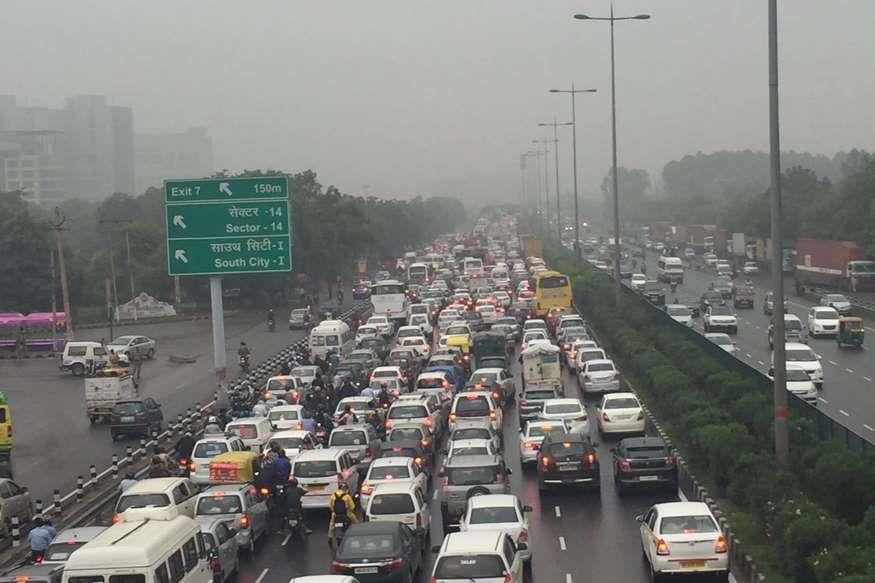March 9, 2016
The Sino-Pakistan relationship, especially after Chinese President Xi Jinping announced the China-Pakistan Economic Corridor (CPEC) and Beijing’s description of Pakistan as China’s “only one real ally”, has begun to change the texture of bilateral relations and dynamics of regional geopolitics. It has the potential to alter the geostrategic landscape in South Asia.

March 9, 2016
The Sino-Pakistan relationship, especially after Chinese President Xi Jinping announced the China-Pakistan Economic Corridor (CPEC) and Beijing’s description of Pakistan as China’s “only one real ally”, has begun to change the texture of bilateral relations and dynamics of regional geopolitics. It has the potential to alter the geostrategic landscape in South Asia.

Unmistakably deliberate in timing, Xi Jinping’s April 2015 visit to Islamabad initiated a bold new policy. It signalled that, in pursuit of national interest, China would not hesitate to alter the status quo in the region, ignore diplomatic niceties, and trump considerations like sensitivities and sovereignty of other nations.
By deciding to construct 51 major civil, energy and military infrastructure projects in the CPEC, which runs through Pakistan occupied Kashmir (PoK) and the areas of Gilgit and Baltistan, China has accorded de facto ‘legitimacy’ to Pakistan’s illegal occupation of these areas.
This includes the Shaksgam Valley in PoK that was illegally ceded by Pakistan to China in 1963. Beijing has thus chosen — after decades of ambiguity — to side with Pakistan on the Kashmir issue. With power generation, transport, commerce, R&D and the defence of Pakistan all increasingly tied to Chinese interests, Beijing remains committed to Pakistan for the long-term.
Following the Chinese President’s visit, Pakistan plans to upgrade the constitutional status of the disputed Gilgit-Baltistan region. On January 7, 2016, the Dawn newspaper quoted an official from Gilgit-Baltistan as saying this is intended to give “legal” cover to CPEC projects since “China cannot afford to invest billions of dollars on a road that passes through a disputed territory claimed both by India and Pakistan.
” The move has direct major implications for India. It will integrate this portion of Kashmir with Pakistan by giving it considerably enhanced legislative powers, control of its revenue and representation in Pakistan’s federal parliament for the first time by two observers. Pakistani strategic analyst Ayesha Siddiqa interprets this as possibly demonstrating “Islamabad’s desire to end the Kashmir conflict by formally absorbing the territory it controls — and, by extension, recognising New Delhi’s claims to parts of the region it controls, such as the Kashmir Valley”. She said: “If we begin to absorb it so can India. It legitimizes their absorption of the valley.”
This could well be the thin end of the wedge. Since the early 1980s, China has referred to Gilgit-Baltistan as Pakistani territory. On separate occasions China has also laid claim to Kashmir with maps in official publications showing India without the state of J&K, depicting Kashmir as part of China, or portions of Kashmir and Arunachal Pradesh as part of China. Since August 2010, China bracketed Jammu and Kashmir with Arunachal Pradesh and began issuing ‘stapled visas’ to its residents. On May 14, 2013, Zhongguo Qingnian Bao (China Youth News), the official mouthpiece of the Communist Youth League, published a lengthy article implicitly laying claim to Ladakh, which it said “has long been dubbed ‘Little Tibet’.” Chinese Foreign Minister Wang Yi at his press conference in New Delhi in August 2014, reiterated that the status of Arunachal Pradesh and Jammu and Kashmir remain disputed.
Differences have, however, surfaced between Pakistan’s provincial politicians and the military, over the CPEC with the former questioning the claim of benefits from the corridor. Resentment is prompted by reports that Beijing will bring Chinese workers and make construction sites off-limits to Pakistanis. Though China is coordinating closely with Pakistani authorities to protect its projects and workers in these areas, it is not taking any chances. Recent information suggests that Beijing has informed Islamabad it is ‘raising’ a Division-strength “private army” for deployment in the PoK, Gilgit and Baltistan areas. China already has in place the legal framework permitting deployment of troops and security personnel for safeguarding Chinese national interests abroad.
This close Sino-Pak relationship ensures Beijing’s full backing to Pakistan’s efforts to secure predominant influence over any post-US regime in Afghanistan, acquire so-called ‘strategic depth’, and exclude or marginalise India in Afghanistan. On this issue the US, China, Pakistan and Afghanistan are acting in concert. It is pertinent that China’s People’s Liberation Army (PLA) is preparing for a long-term engagement in the region. About three months prior to Xi Jinping’s visit to Islamabad, its Lanzhou Military Region, now merged into the West Zone, was instructed to teach Pushto and Urdu to its “backbone” personnel. Additionally, a battle-hardened Arabic-knowing General has been posted as Commander of the powerful West Zone.
Beijing will be interested in India acquiescing to Pakistan’s occupation of PoK, Gilgit and Baltistan. Chinese officials have been unequivocally telling Indian interlocutors since last April that India must ease tensions with Pakistan, that it must resolve the Kashmir dispute, and only thereafter will India’s relations with China improve.
Jayadeva Ranade is president, Centre for China Analysis and Strategy. The views expressed are personal
Courtesy: HT
















































































































